For time:
20 squats (air)
200m run
30 squats (air)
400 m run
40 squats (air)
800 m run
40 squats (air)
800 m run
30 squats (air)
400m run
20 squats (air)
200 m run
Post time to comments.
We realize the video below comes a day late and a dollar short, but we wanted to get it out.
Spotting can be a useful thing. But it is very dangerous. This is true for both the person being spotted and for the person doing the spotting.
I was spotting a client (an experienced lifter) once doing an OH BB press. She was nearing the end of her set and was extremely fatigued. I knew she was close to failure, but I called for "FOUR more!" She, in a fit of lactic acid induced hearing loss, heard me say, "ONE more!" I wasn't ready for the 50 lb bar yet when she threw it at my head.
What I learned: Always establish clear communication expectations BEFORE the set begins. I should have told her from the beginning that I would count her down to ONE from THREE. I should also have told her that, no matter what, she is to always remain in possession of the bar. I wouldn't be taking it from her.
I saw a client (spotee?) pay for this "lack of communication" in stitches once. A trainer (spotter) pay for it with a chipped tooth.
On the flipside, it would be hard for me to count the number of times in the last 20 years that I have pulled a bar off a lone bench-presser who got a little cocky and put too much weight on it. One time, I pulled it off of a guy's neck. Another time I pulled it off a guy's face. Neither of them were OK. The neck guy still had a gravelly voice a year later when I spoke with him.
What I learned: Always have a spotter available to help save your life during potentially dangerous lifts. Which are these? The ones that you could be pinned by.
The reason GPP goes to the extra expense of investing in rubber bumper plates and very heavy duty bars is so you can "dump" the bar if you miss a lift. Just throw it down, man. There is NO reason for anyone to get hurt.
To prevent injuries (to yourself and others) when going heavy, you should ask yourself a few questions BEFORE the lift.
1 - Am I completely confident that I can achieve this lift?
2 - Is there fitness/health in trying for a lift I might not complete?
3 - If I miss, can the weight be safely thrown clear of myself and others?
4 - If I need a spotter, is my spotter experienced enough to help both of us stay completely safe?
If you answer NO to any of these - please re-think the lift.
One last thing, your spotter shouldn't be helping you with reps. She is only there to keep you from injury and/or death. If you can't move the weight throughout it's entire ROM, you need to lighten up the weight and form up.
Exercising the stronger parts of your ROM won't make the weaker ones come up to speed. All it will do is widen the gap between the two parts. This opens you to an exponentially higher possibility of injury.
